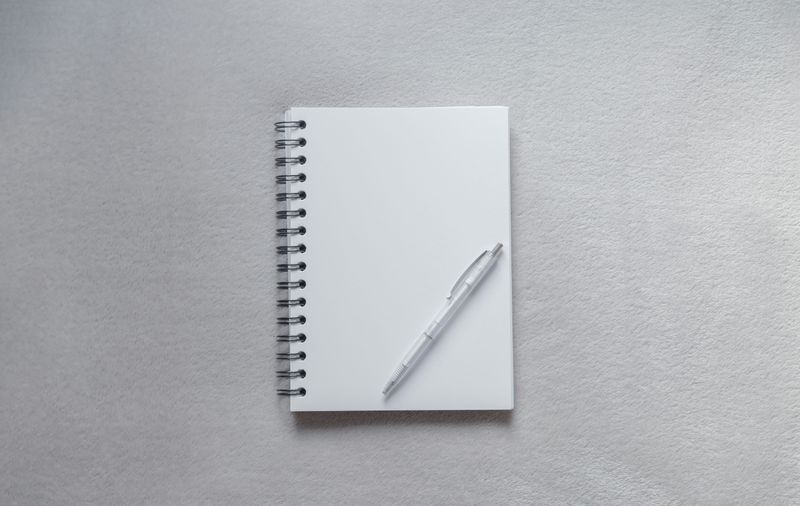
This logo isn't an ad or affiliate link. It's an organization that shares in our mission, and empowered the authors to share their insights in Byte form.
Rumie vets Bytes for compliance with our
Standards.
The organization is responsible for the completeness and reliability of the content.
Learn more
about how Rumie works with partners.
Picture this: you’re finally a college student, and you have to write a bunch of different papers for your classes. The problem is, each professor wants something different! MLA, APA, Chicago? What are all of these letters and names they’re using when saying how they want you to cite your sources?
Just like all types of writing have their own format, all methods of giving credit to sources have their own format. You need to know when to use different types of citation styles and what they look like to help you write properly for college.
Style Names and Purposes
All of these different styles come from the different organizations that came up with them. There are many types, these are some of the most common styles:

MLA (Modern Language Association): used for literature, art, and humanities
APA (American Psychological Association): stands for American Psychological Association, used for social sciences (psychology, sociology, education)
Chicago (Chicago Manual of Style): used for many humanities topics but mostly history.
One tip to keep in mind: check in with your professor to make sure that you're using the correct style. For example, some humanities professors might prefer Chicago style over MLA or vice versa.
Internal Citations
Any time you quote another source in your writing, you should include an internal citationto show where you got your information. Each citation style has its own method.

MLA
After your quote, include the author’s name and page numbers.
Example:
"It is a truth universally acknowledged, that a single man in possession of a good fortune, must be in want of a wife" (Austen 1).
APA
After your quote, include the author's name, year of publication, and page number. Use p. before the page number if it’s one page and pp. if it’s more than one, like this:
Example:
“Young infants’ understanding of permanence is not an all-or-none phenomenon, but a work in progress” (Moore and Meltzoff, 1999, pp. 2-3).
Chicago
There are two types of internal citations:
Use a footnote at the bottom of the page with the author's name, title, and page number. Add a number in superscript after the quote to correspond with the footnote.
Example:
"And I hereby enjoin upon the people so declared to be free to abstain from all violence..."¹
_________
1. Lincoln, "Emancipation Proclamation", 1.
Use a set of parentheses with the author's name, year of publication, and page number.
Example:
"I recommend to them that, in all cases when allowed, they labor faithfully for reasonable wages" (Lincoln 1863, 1).
Which citation style is this?
 Photo by Kaitlyn Baker on Unsplash
Photo by Kaitlyn Baker on UnsplashRachel's history professor told the class to use Chicago style for their citations. What will her internal citations look like after each quote?
A. (Smith 1987, 258).
B. (Smith, 1987, p. 258).
C. (Smith 258).
Quiz
What will the format be for Rachel's internal citations?
Chicago style doesn't have a comma between the author name and the year, and doesn't include a "p." before page numbers.
References and Works Cited

After you finish your paper, remember to list your references! Each citation style refers to this list differently. In MLA style, this page is a Works Cited page. In APA style, this page is a Reference List or Reference Page. For Chicago style, it could be called a Works Cited page or a Bibliography.
Creating citations will vary depending on the format of your source and the type of citation style you're using. Universities post citation style guides on their websites for their students, or you can use citation makers like CitationMachine.Net or MyBib to help you format your references.
Just make sure that your list is on a separate page from the rest of your writing!
Take Action
This Byte has been authored by
Erica Kauffman
Learning Designer | Educator
